A planetarium is the place where a mere mortal can learn most about the true properties of the stars. It seems illogical, since it is enough to look up at the sky in the evening, one might think. We actually see only a fraction of the sky for many reasons. On the one hand, due to street lights in populated areas, we only see the brightest stars, and on the other hand, only a small slice of the sky is visible. This is eliminated by the planetarium, where the starry sky is projected onto a hemisphere using special equipment, even bringing one celestial body closer.
The technology dates back to the 1920s, but it was not until 1977 that an independent planetarium opened in Budapest. It is true that between 1961 and 1968 there was something similar in the Amusement Park, because in 1961 Zeiss, exhibiting at the Budapest International Fair, left the exhibited small planetarium machine here in Budapest as a friendly gesture, but it was not quite the one.
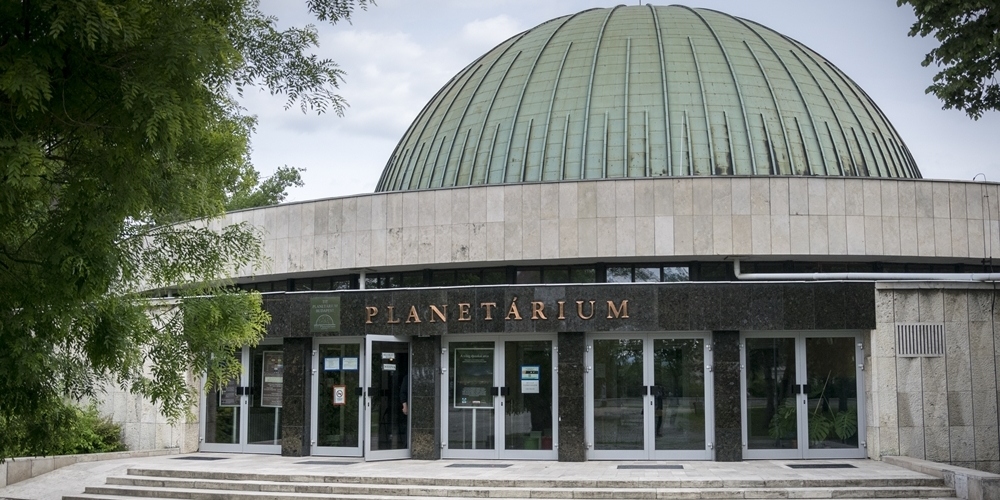
It was considered a modern building in the 1970s (Photo: PestBuda)
We could have had a planetarium as early as 1944, but the modern projection equipment ordered from Zeiss in 1941 and arriving at the Western (Nyugati) railway station in 1944 simply disappeared, and according to legends, it somehow ended up in Brazil.
Magyar Nemzet wrote about the equipment operating in the Amusement Park in the 1960s on 12 August 1977, only a few days before the inauguration of the Planetarium:
"Finally, the planetarium has grown from an amusement park attraction to a scientific educational institution. More than a decade and a half had to pass. The Medium-type small planetarium of Zeiss Művek in Jena — which operated between 1961 and 1968 in the Amusement Park, under the 6-metre-diameter dome built in the former panopticon, in front of a very mixed audience — was reduced to the level of a fair attraction. The complicated instrument then went to the basement of the TIT (Society for Dissemination of Scientific Knowledge), where it was only taken out at the opening of the Natural Science Studio in Pécs, in November 1975. It has been working there ever since — with great success.”
The new projector - which was ordered in 1966 at the urging of astronomer György Kulin, like the instrument that disappeared in 1944 - was delivered by Zeiss in 1969, but there was a problem with the modern UNIVERSAL-VI device, there was nowhere to put it. The side of Gellért Hill was also considered for the location of the new institution, but in the end the choice fell on the Népliget.

It was a special sight (Photo: Wikipedia)
The plans for the new building were made by László Lux and Tamás Tömöry. The essence of the Planetarium (such structures, i.e., the hemispherical projection equipment are called planetariums, but this was also the name of the Budapest institution, officially TIT Budapest Planetarium) is the 23-metre-diametre dome on which the Zeiss projector projects the starry sky. The "canvas" consisted of small, white-painted aluminum sheets that contained a total of 54 million tiny holes for the entire dome. The dome was not only suitable for projections, but also had excellent acoustics. In the auditorium, 400 people could enjoy the performance at the same time, but the building also had a larger exhibition hall for 500 people.
The soul of the institution, the UNIVERSAL-VI instrument, was presented in the already quoted article as follows:
"In the equipment, the image of the stars and planets is on punched copper plates — for fifty years a single family has been engaged in this work in Jena; recently inherited by the son of the first master — the holes are illuminated by strong, point-like light sources, with a total of 52 perforations of different sizes varying between 0.452 and 0.23 millimetres in diameter. In order to reproduce the lighting conditions in the sky with sufficient fidelity, 40 stars are projected by using a separate projector. The more than 100 projectors of the 2.5-ton, 4-metre-long equipment are driven by about 30 motors. The device also has an automatic planetary gearset, which can realise all planetary movements.”
The machine, which was nearly 10-year-old at the time of commissioning, was in use until the forced closure of the Planetarium in 2017.
The Planetarium was completed on 17 August 1977, the first performance was held on 20 August 1977, which attracted huge interest, and there were long lines at the box office. In the following year, traffic fell slightly, but the Lézer Theatre, which opened in 1980, appealed to a new audience.
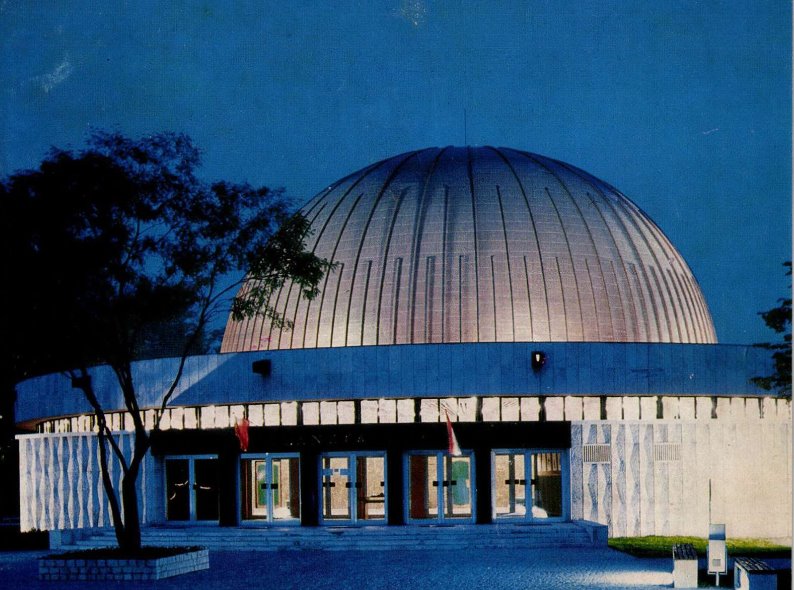
The Planetarium on the cover of Föld és Ég magazine, Issue 1 (February) of 1978
From the beginning, the Planetarium was operated by the TIT, i.e., the Society for Dissemination of Scientific Knowledge, which did not have enough money for the ongoing maintenance of the building, and after the amortisation, for the comprehensive renovation.
PestBuda also wrote about the state of the Planetarium five years ago, before its closure, when the technically outdated institution became increasingly worse due to waterlogging, which finally closed in 2017, hoping that the renovation would slowly begin. At that time, the amount needed was estimated to be in the billions. However, the renovation of the Planetarium has not started since then.
Cover photo: The Planetarium in 1976, before opening (Photo: Fortepan, Magyar Rendőr)

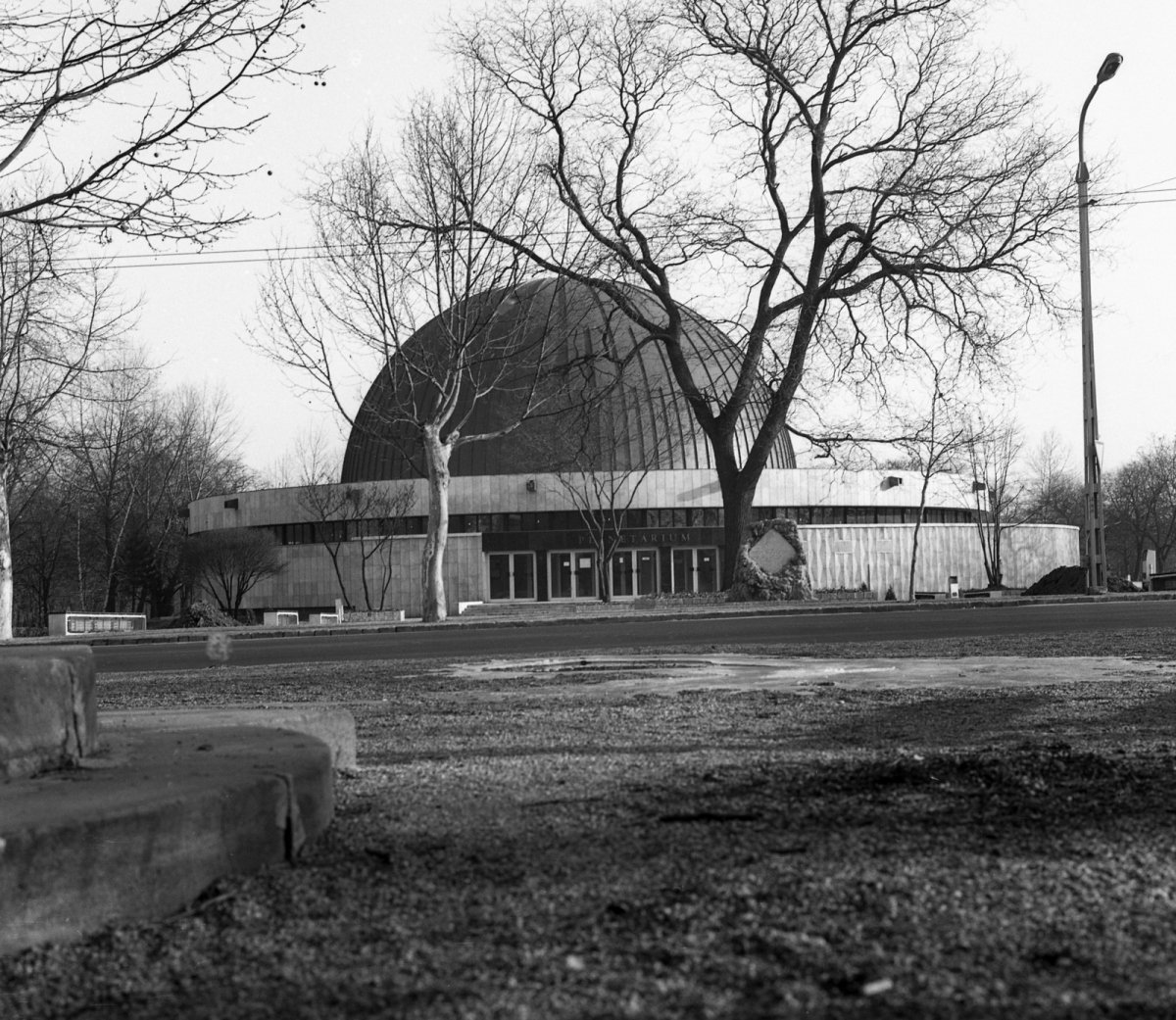
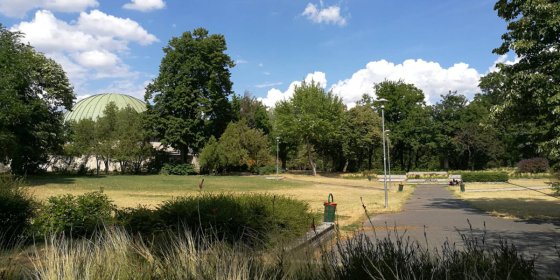
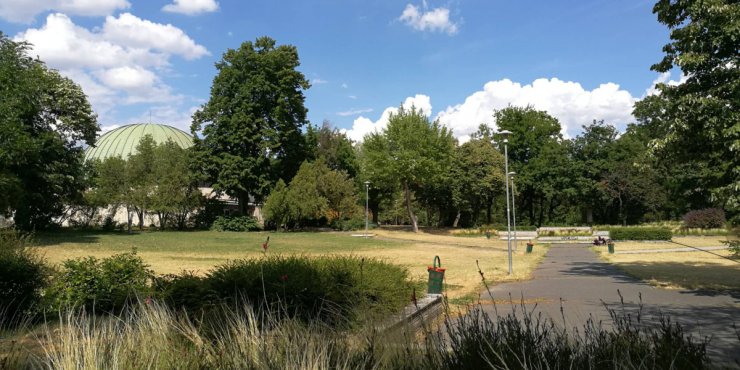
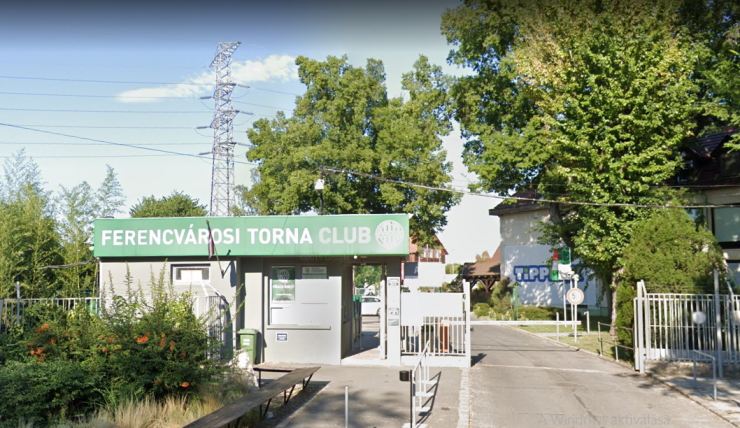

































Hozzászólások
Log in or register to comment!
Login Registration